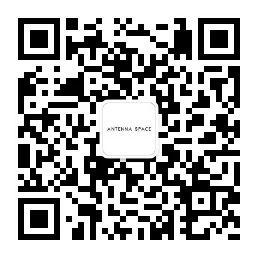VIP Preview
June 14, 2022 – June 15, 2022
Public Day
June 16, 2022 – June 19, 2022
VIP Preview
June 14, 2022 – June 15, 2022
Public Day
June 16, 2022 – June 19, 2022
Antenna Space is pleased to announce our participation in Art Basel 2022 with artists Han Bing, Guan Xiao, Xinyi Cheng, Mire Lee, Owen Fu, Evelyn Taocheng Wang and Stanislava Kovalcikova at booth N9.
Han Bing’s work has been critical of images from the very beginning, drawing inspiration from classical painting, pop culture and media images, as well as from the natural and architectural landscapes she has captured in her wanderings. Her travels around the world have made her sensitive to the ‘fragile, ephemeral compositions’ found in cities, where specific symbols are filtered and refined to break down into abstract fragments, resulting in a new, more diverse visual language. Well Cut (2022) exposes the overlapping posters in urban corners, revealing the flashy appearances and hidden realities in the spontaneous flaking traces. If one looks at Han Bing’s paintings, one can see a kind of serendipity within the images she creates or appropriates, which critically reproduces the fragile visual experience that exists in our senses.
As a tool for artistic creation, the palette itself is an extremely simple and straightforward object. However, the intersection and interplay of paint on the palette is a complex and changing physical reaction, full of unexpected romance. The palette series presents the contradictory and unified relationship between simplicity and complexity — an expression of Guan Xiao’s understanding of colour. For Guan Xiao, colour always has a shape, a sound and a distinct character. In Who Lit the Sun? The Darkness (2022) and Nails, Rocks, Long Coastline (2022), the rational and the sensual mingle, the known and the unknown intermingle, and romance weaves in and out of reality. When multiple colors greet on the palette, each bit of color reacts chemically with Guan Xiao’s intentional brushstrokes and evolving artistic intentions; and in each palette, the narratives interpret different rhetoric, thus completing their respective identities.
Xinyi Cheng’s work unveils the complex emotions, desires and dynamics that permeate contemporary daily life. In the post-pandemic era, the physical interaction and emotional communication between individuals – actions and moments that seem ordinary before the pandemic – are ever more precious. In Date (2021), Xinyi depicts a moment of embracing at a date with her soft and tender brushstrokes, where tender limbs touch each other. While ear rubbing shoulder and hair rustles, a common moment of meeting is framed. Subtle sentiments flow between the blurred and seemingly numb face, conveying a false softness that transcends illusion, from which her reflection on what it means for us to co-exist with one another, as well as what it means to be human are expressed.
Mire Lee’s installations give the viewer a perspective of a factory corner, and she retains a subtle affection for the old architectural materials, the worn and tired appearance. This irregular ring-shaped sculpture with a hollowed out space seems to resemble dry, cracked, slightly open lips, or silent, secretive labia, attempting to say something but ultimately silent to the viewer. It conveys a sense of distance from words or language. In its volume, shape and inner depth, there is something silly that causes the viewer to also lose their language. Mire Lee is fascinated by this coexistence of stiffness and flexibility, with a faint sense of tenderness between the gaps of the great mechanicalness. It is her way of expressing rebellion in a time of rampant patriarchy.
Owen Fu’s works draw on observations and perceptions from life which push the boundaries of what we recognize as the figurative. The dominant use of the line forms a vital part in all the formal elements that make up a painterly vision. Alternating between flat tones of color and sheer or coarse patches of oil paint, the artist also demonstrates a technical dexterity that blends styles and textures. In this way, Fu creates an experience of fantastical optical illusion, a tendency to perceive patterns or shapes within ordinary images, leading the viewers through an intuitive flow of lines and structures at will. Untitled (easy middle age) (2022) conceals the artist’s dark humour that mocks the status quo beneath the title of ‘Untitled’, with three different facial expressions revealing what we prevent from seeing in our mundane quotidian lives.
A contemporary ‘interest in paper’ can often be experienced in the work of Evelyn Taocheng Wang. Her aesthetic combines the unique beauty rooted in classical Chinese art with the thoughtfulness that bursts forth in Western modern contemporary art, while never ceasing to challenge and redefine the former. This challenge is reflected in the content of Evelyn Taocheng Wang’s work, as in Cultural Inheritance (2022), which rethinks and questions the topic of identity and personal values. When the traditional lineage inside one’s body collides with contemporary thinking, the ‘real’ becomes a rare and valuable presence. This contemplation is also reflected in her creative figuration. Her use of ink, charcoal and other materials ranges from portraying a traditional, classical elegance to some playful, ironic and absurd pleasures. Her characters are full of vivacity, wit and energy, whether they are the crotchety Dutch grandmother on a tricycle in Crispy Granny Love 2 (2022), or the rebellious feminist nun in Sisters Breaks Men’s Wear Luxury Watch in a Very Sunny Day (2022), their personal traits are all delightful.
As a mixed descent of the Russian and Slovakian, Kovalcikova spent her childhood and youth living in various places around the world. These experiences have shaped her rich and diverse cultural background and eclectic thinking. Her work is dedicated to challenging univocal notions of gender, race, identity, social conventions and power relations, investigating issues related to the concept of self and the construction of identity. Her images often capture intimate, fleeting moments that contain a dreamlike, surrealist dimension. Rather than focusing on telling a single story, the paintings make the figures’ features, faces, bodies and their presence palpable. In The Call (nicht) (2020), an evocation of the Eastern orthodox mysticism is evident in her portrayal of a double-vision woman. Kovalcikova also draws inspiration from masters such as Gustav Klimt, Frieda and Matisse as part of her exploration of the figure as an icon.
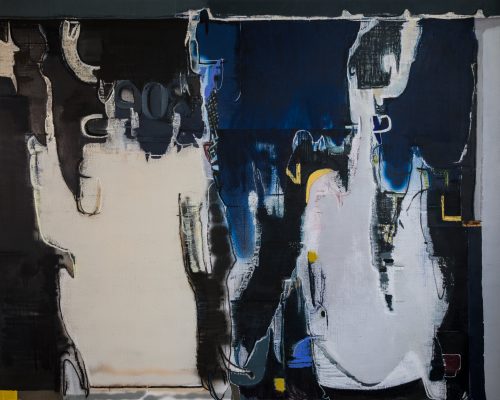
Acrylic and oil on linen
143 x 177.8 x 2.5 cm
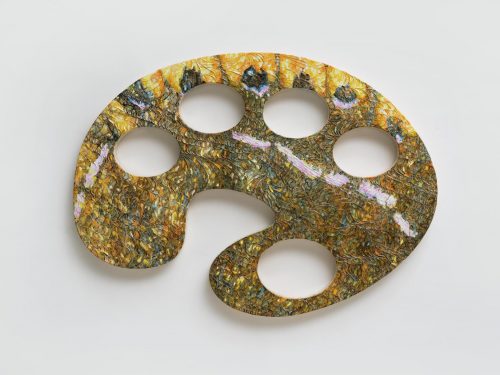
Wood panel, poly-putty base, paint
164 (L) x 120 (W) x 7.5 (D) cm
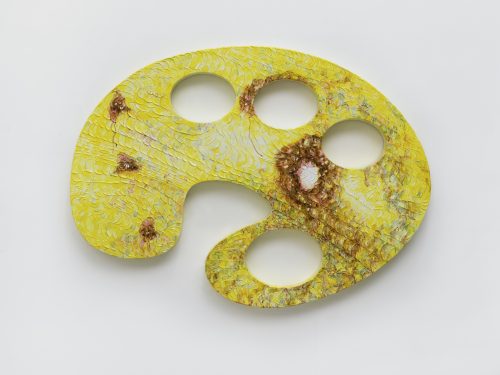
Wood panel, poly-putty base, paint
164 (L) x 120 (W) x 7.5 (D) cm

Oil on canvas
80 x 76 cm
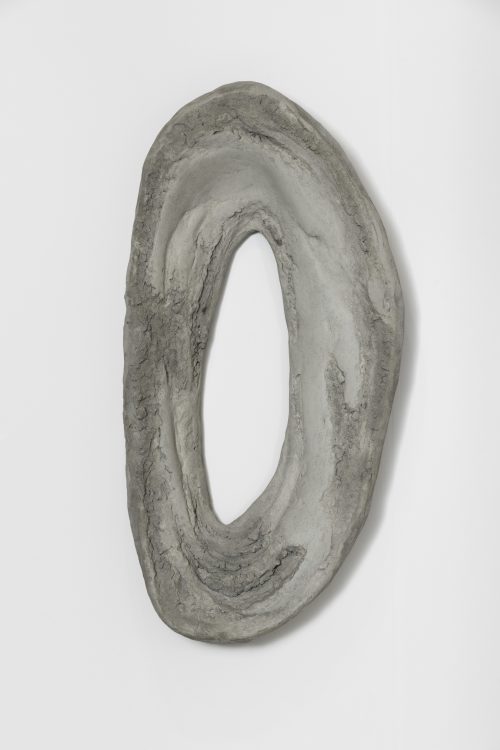
Concrete on styrofoam
120 x 50 x 15 cm
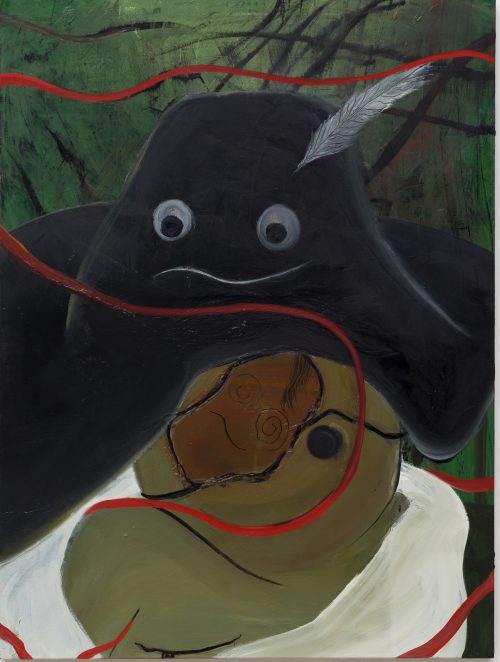
Oil on canvas
91 x 122 cm
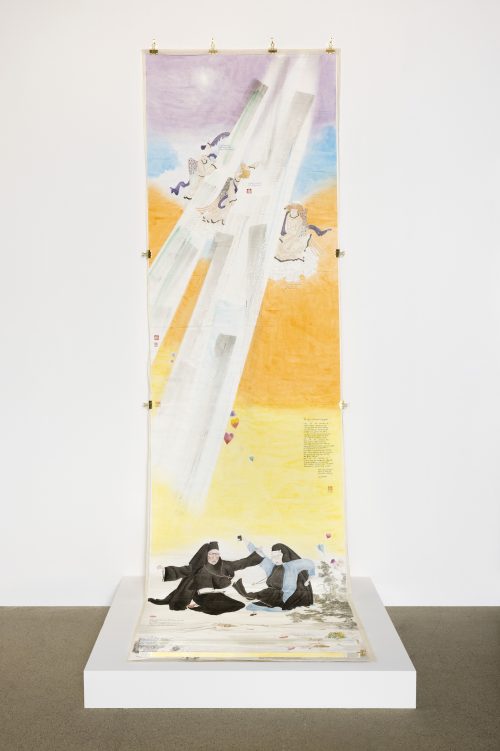
Ink, mineral colour, metallic colour, tea water, and artist’s seal on paper
354.5 x 97.5 cm

Ink, mineral color, pencil, acrylic, tea and glue on old wrinkled paper
180.5 x 97 cm
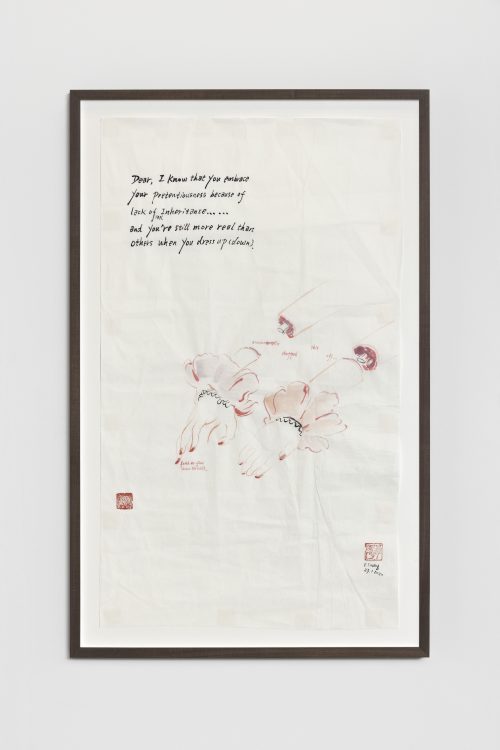
Ink and mineral color, artist seal on old calligraphy paper
74 x 44 cm
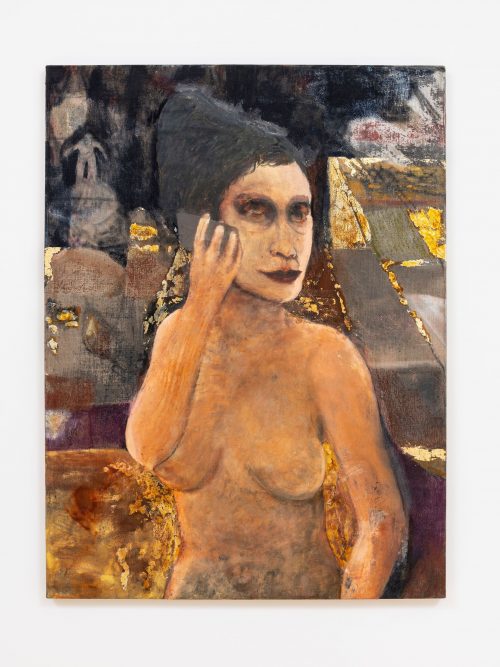
Oil on linen
123 x 91 cm
Please scan the QR code to follow us on WeChat :天线空间ANTENNASPACE
